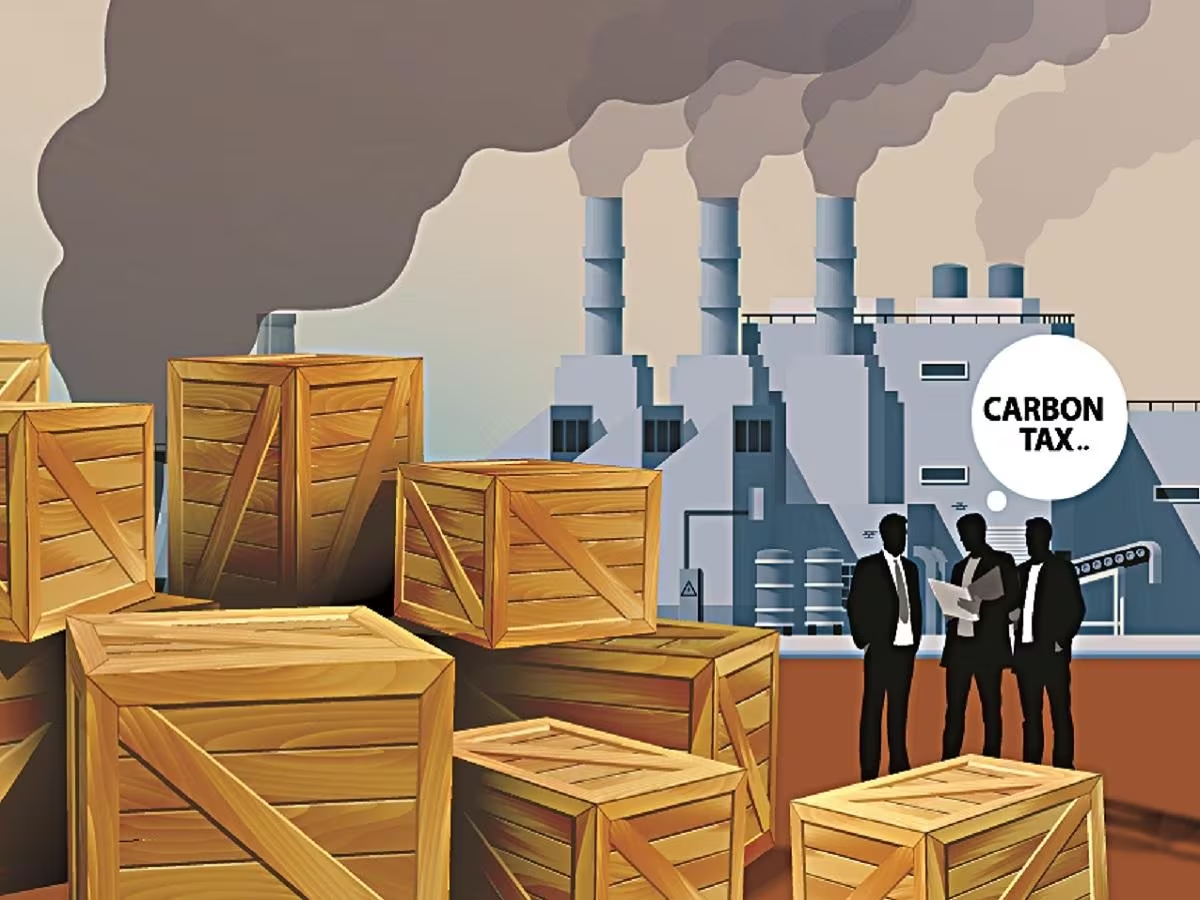In Short : The reported 30% decline in China’s export of aluminum covered by the EU carbon tax in 2023 suggests a potential impact of environmental considerations on trade. This decrease may reflect efforts to address carbon emissions and encourage sustainable practices in the aluminum production sector.
In Detail : BEIJING : The volume of aluminium product exported by China to the European Union which was covered by the bloc’s carbon border tariff fell 30% in 2023, the China Nonferrous Metals Industry Association (CNIA) said on Monday.
The EU launched the first phase of the Carbon Border Adjustment Mechanism (CBAM) in October, as it tries to stop more polluting foreign products from undermining its green transition.
While the bloc will not begin collecting any CO2 emission charges at the border until 2026, EU importers have to report the greenhouse gas emissions embedded during the production of the targeted imported products, including energy-intensive steel, cement and aluminium.
China is the world’s top producer and exporter of aluminium, a light metal widely used in cars, packaging and construction.
Aluminium products under the CBAM target from China to the EU totalled 689,000 metric tons last year, down 30% compared to 2022.
The main types were aluminium structures, aluminium plate, sheet and strip, according to a report published the aluminium branch under CNIA, citing customs data. The volume accounted for 9% of China’s total exports of those products, it said.
Total trade value for those products declined 26% to 22.76 billion yuan ($3.16 billion), the report added.
Top destinations in the EU for Chinese shipments were Germany, France and Italy.
($1 = 7.1981 Chinese yuan renminbi)

